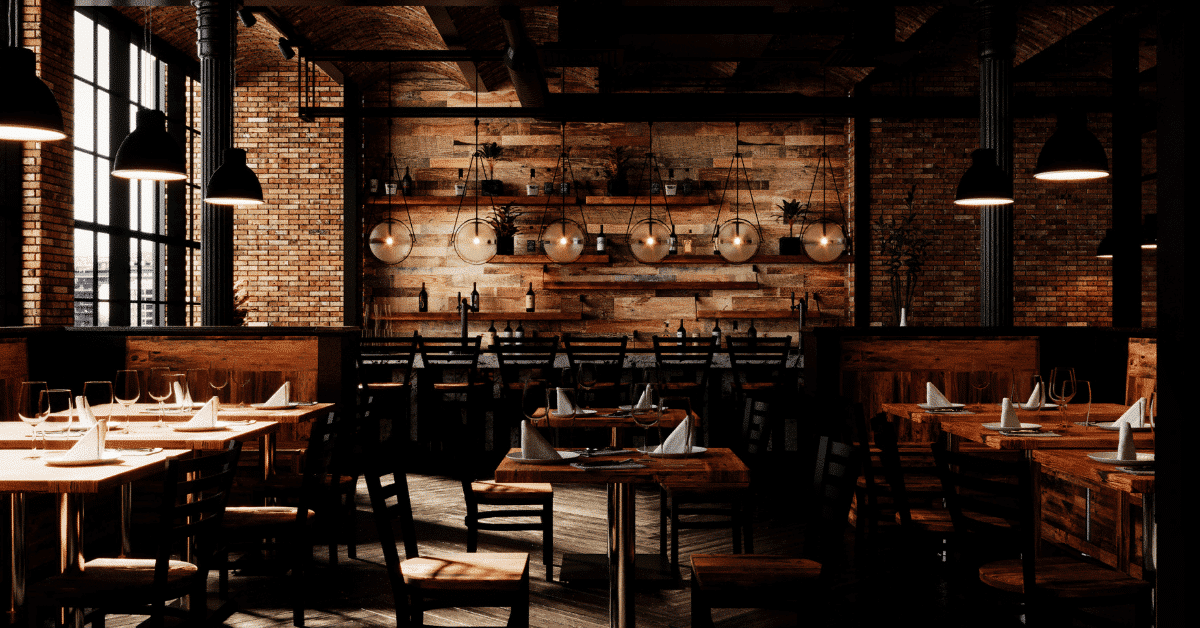The Ultimate Guide to Reclaimed Wood Restaurant Furniture: Sustainability and Timeless Beauty

Embracing the Allure of Reclaimed Wood Restaurant Furniture
It brings a unique blend of history, sustainability, and charm to any dining establishment. However, with its inherent character, natural beauty, and durability, reclaimed wood adds warmth and sophistication to the dining experience. Moreover, this guide will explore the advantages of reclaimed wood furniture for restaurants, the various types of wood available, and how to incorporate these pieces into your restaurant’s design.
The Environmental Benefits
Choosing reclaimed wood furniture is an eco-friendly decision. The process of reusing wood from old buildings, barns, and other structures reduces the demand for newly harvested wood, conserving forests and their habitats. Additionally, reclaimed wood typically requires less energy for processing compared to new wood materials, reducing the overall carbon footprint of your restaurant.
Popular Reclaimed Wood Types for Restaurant Furniture
- Barnwood: Sourced from old barns, this wood often features weathered surfaces, distinctive knots, and a rustic charm. Popular for tabletops, chairs, and bar counters.
- Reclaimed Oak: Durable and strong, oak is a versatile wood that can be found in a variety of colors and grain patterns. Ideal for heavy-duty restaurant furniture such as tables and benches.
- Salvaged Pine: A softwood with a warm, honey-toned hue, pine is perfect for creating a cozy, inviting atmosphere. Great for tables, chairs, bar stools, and decorative accents.
- Reclaimed Maple: With its tight grain and light color, maple adds a touch of elegance to any space. Best for high-end dining tables and statement pieces.
Finding Quality Reclaimed Wood Furniture for Your Restaurant
To ensure you’re getting the best-reclaimed wood furniture for your restaurant, consider the following factors:
- Source: Look for reputable suppliers who specialize in reclaimed wood and can provide information on the wood’s origins and history.
- Quality: Inspect the wood for signs of decay, insect damage, or excessive warping. Choose pieces with a stable structure and minimal defects.
- Finish: Depending on your design preferences, you may want to select furniture with a natural finish or opt for pieces that have been stained or sealed to enhance the wood’s appearance.
Incorporating Reclaimed Wood Furniture in Your Restaurant Décor
You can easily integrate reclaimed wood furniture into various design styles. Moreover, these design styles include rustic, industrial, modern, and farmhouse. Here are some ideas to get you started:
- Mix and Match: Combine different types of reclaimed wood furniture to create an eclectic and dynamic space.
- Accent Pieces: Introduce reclaimed wood through statement pieces such as a bar counter, hostess stand, or communal dining table.
- Wall Accents: Use reclaimed wood panels or shelves to add visual interest to your walls and display artwork, plants, or decorative items.
- Lighting Fixtures: Complement your reclaimed wood furniture with lighting fixtures made from reclaimed materials, such as metal pipes, gears, or glass bottles.
- Textiles and Accessories: Soften the rugged look of reclaimed wood with plush cushions, patterned rugs, and colorful tableware to create a welcoming atmosphere.
- Outdoor Spaces: Extend the reclaimed wood theme to your outdoor patio or terrace by incorporating reclaimed wood benches, tables, and planters.
Caring for Your Reclaimed Wood Restaurant Furniture
To maintain the beauty and longevity of your reclaimed wood furniture, follow these care tips:
- Cleaning: Use a soft, damp cloth to wipe down surfaces regularly. Avoid harsh chemicals and abrasive cleaners, which can damage the wood’s finish.
- Protection: Apply a protective sealant or wax to your reclaimed wood furniture, especially in high-traffic areas or for outdoor pieces, to prevent stains and water damage.
- Maintenance: Regularly inspect your reclaimed wood furniture for signs of wear or damage. Repair any loose joints, chips, or cracks as needed to maintain the furniture’s structural integrity.
- Climate Control: Keep your wood furniture away from direct sunlight, heating vents, and air conditioning units to prevent warping, splitting, or fading.
By adding it to your restaurant, you’ll create a unique and inviting atmosphere. Moreover, this atmosphere will reflect your commitment to sustainability and timeless design. Finally, with proper care and maintenance, your reclaimed wood pieces will continue to serve as stunning focal points for years to come.
